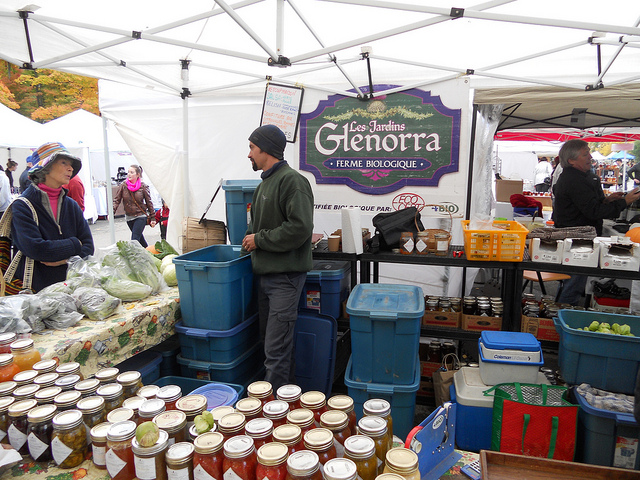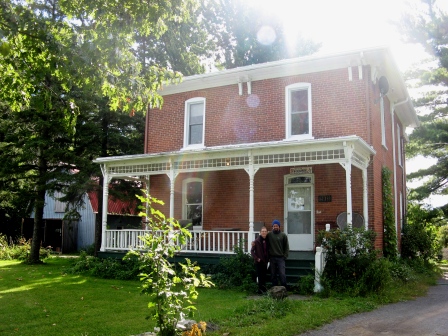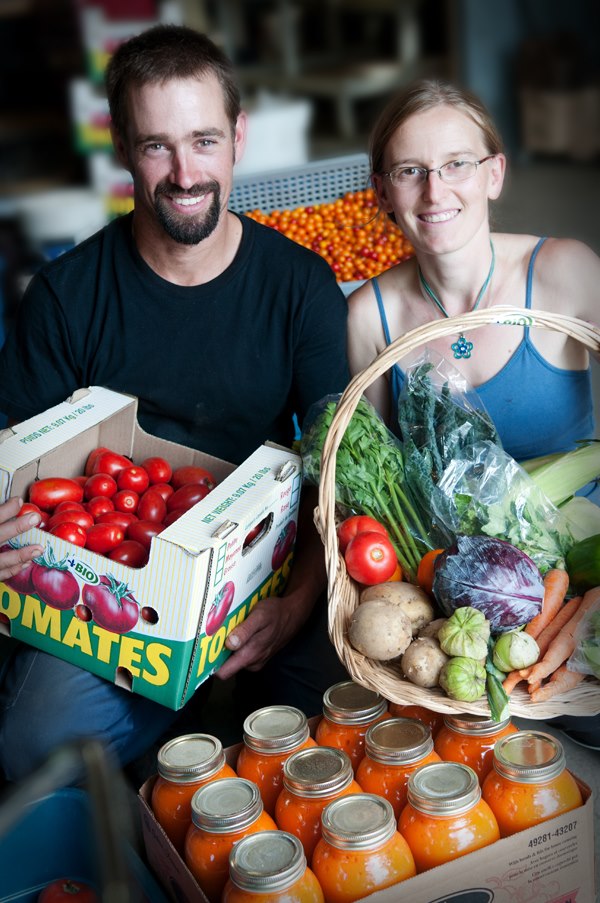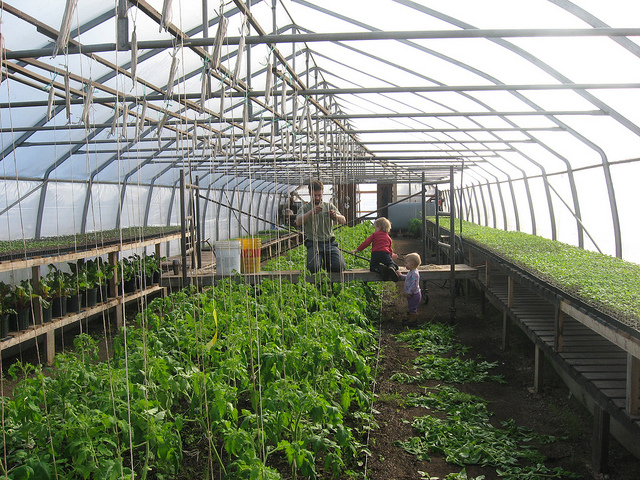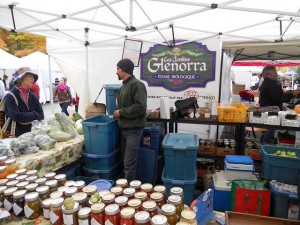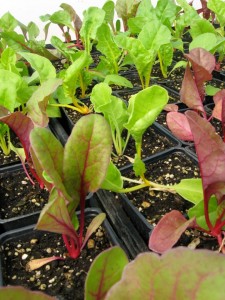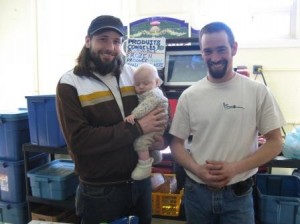Ian knew the house from his childhood. Sitting just above the Chateauguay River, his grandmother’s home, with its red brick facade and Victorian-style porch was an idyllic place for his family to come for weekends and vacations. It had been a place of celebration, of family, of community. It had been a place to connect with nature. But as time went on, people grew older, responsibilities changed, and the house was all that remained, standing alone through the seasons. When Ian finished his studies in horticulture field management he began looking for a new place to live. Ian and his partner Julie Tardif decided to jump feet first into an immense undertaking. They were going to bring life back to the home and the land, and create their own organic farm. To his grandmother’s delight, Les Jardins Glenorra was born.
Once Julie and Ian moved into the house, they researched some of the history, and found it had been in Ian’s family for four generations (the land even longer). It used to be a sort of early B & B, where families would come from the city to relax, eat good food and be in nature. They had a tennis court near the house, access to the river just below. The farm was self-sustained, growing its own crops and raising its own animals to feed family and guest alike.
But with time, things changed. In 1936, most of the land was sold to the Beauharnois Livestock Breeder’s Association and later became the Ormstown Fair. The remaining land and house still served as a vacation and getaway for the Orr family (Ian’s grandmother’s name) for awhile, but it was only when Ian and Julie moved in, did the farm go through a rebirth and become so productive.
Organic pre-certification was easy due to the land growing only grass for many years, but all the rest took a lot of work. The couple had a vision and knowledge, but little else when they started. They bought their first tractor — a 1952 Farmall tractor. They installed a greenhouse, poured foundation for a barn. Their goal was as much autonomy as possible, and to use the various machinery and structures that would help them get there. They worked together, plowing, rototilling and planting until their first crops came out in 2004.
They began on 1 acre of land, feeding 25 families through CSA baskets for twenty weeks.
The next year, they added the Huntington market, while continuing to increase the basket orders.
Through 2007 – 2009 they began their winter baskets and selling at the Sainte-Anne’s weekly winter market.
They were also able to get a new van for deliveries, a bigger tractor as well as a long list of much-needed machinery to help them in their agricultural independence.
Obviously this has paid off.
Today, they grow on 25 acres (most of it over in Godmanchester near Huntington), supplying 200 families with summer baskets, and 100 in winter.
“We can’t produce enough,” says Ian. There is always more demand, as more and more people are becoming aware of the benefits (and the better taste) of organic fruits and vegetables.
Along with the baskets and the markets, Les Jardins Glenorra also supplies Lufa Farms and Canadawide (a national food distributer at the Marché Central).
And their farm continues to grow. They will be adding another 10 acres and expanding their greenhouse system. They’ll have 3 permanent and two movable ones. A very interesting concept, where you can move the greenhouses over to the growing crops as needed, allowing for a rotation of crops in the soil throughout the year and a four-season harvest. This is part of their “deep organic” approach – which is discussed in Eliot Coleman’s book, “The Winter Harvest Handbook”. In short, deep organic uses the systems inherent in nature to grow crops, versus shallow organic, which can rely on fertilizers and other products to help productivity and hinder insects and disease. These products are still considered organic, and are acceptable for certification.
Les Jardins Glenorra would be qualified as “deep organic”. They use row covers and natural predators to protect their crops, greenhouses to lengthen growing seasons, and some compost. Oh, and a LOT of hard work and heart.
You can find Les Jardins Glenorra at the Marché des Saveurs de l’Île Perrot on Wednesdays until October 2nd, at the Sainte-Anne’s winter market on Saturdays from November to May, or go on-line and sign up for one of their CSA baskets. You can also follow them on Facebook or Twitter @Glenorra.
This post is also available in: French

